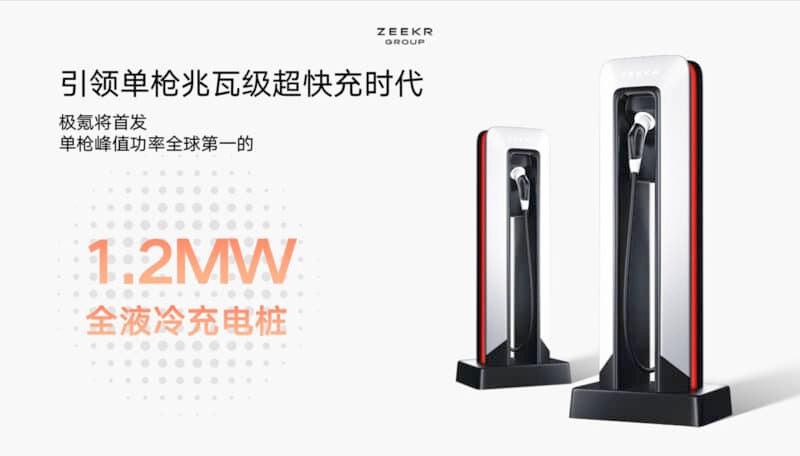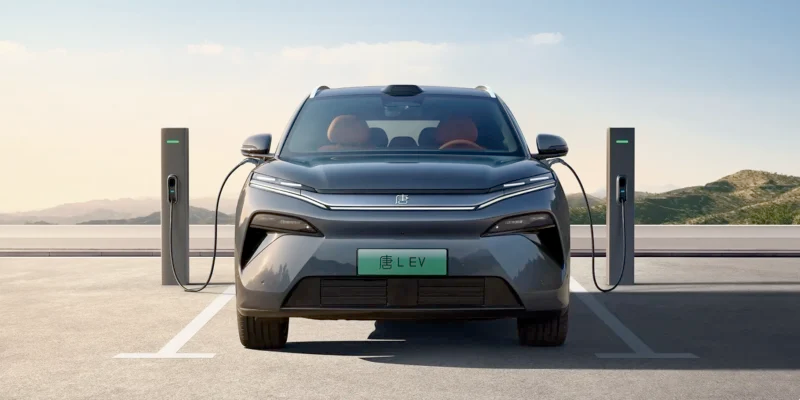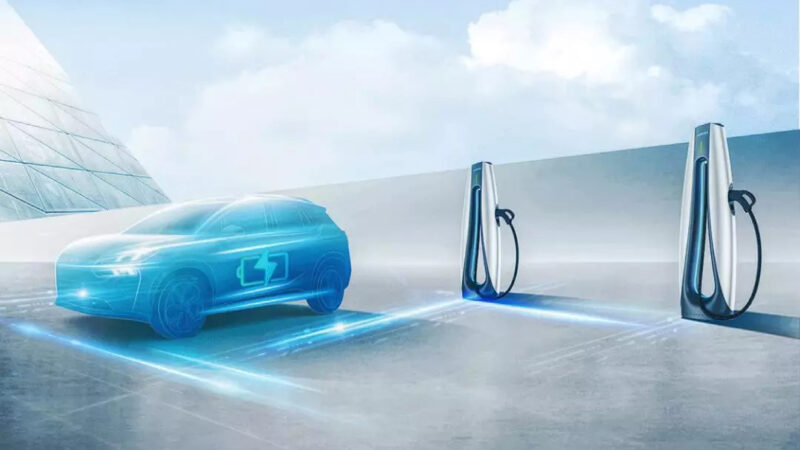Ultra-fast charging: convenience comes at the cost of EV battery life
2025 is being hailed as the “year of the ultra-fast charging explosion” for new energy vehicles. While the rapid advancement of fast and ultra-fast charging technology has significantly eased range anxiety for consumers, it has also brought a growing concern: the potential for accelerated battery degradation. Industry analysis and owner experiences suggest that the convenience of rapid charging may come at a significant cost to battery lifespan, raising questions about long-term durability and warranty coverage.
Consumers widely believe that ultra-fast charging, like mobile phone charging, shortens battery life, although many lack specific data on the extent of the impact. This concern is amplified by the high battery replacement cost, which can amount to half the price of a new vehicle or even exceed the car’s residual value. This presents owners with a difficult choice between replacing the battery or the entire car.

Ride-hailing drivers, who heavily rely on ultra-fast charging to maximise their operational time, have observed that frequent rapid charging indeed accelerates battery “ageing.” Recent surveys indicate that for ride-hailing vehicles covering over 100 kilometres daily and using ultra-fast charging over 70% of the time, battery health can drop from 100% to 85% within two years, with the decay rate increasing. Research from Tsinghua University shows that batteries frequently using ultra-charging above 120kW can shorten their cycle life by 40% compared to slow charging.
Current regulations in China mandate that automakers provide at least an 8-year or 120,000-kilometre warranty for core components like batteries. While most manufacturers adhere to this, allowing replacement when battery health falls to 70-80% within the warranty period, the practical application of these warranties can be complex.

Many “lifetime warranty” policies come with stringent conditions, such as requiring the original owner, limiting annual mileage, mandating official service centre maintenance, and restricting commercial use. Some policies exclude vehicles that use ultra-fast charging beyond a specific frequency, effectively creating a warranty barrier for frequent users, including many private owners and ride-hailing drivers.
Furthermore, some warranties may not cover expected battery degradation, only manufacturing defects, leading to consumer misunderstanding. Surveys suggest only about 23% of EV owners fully understand their warranty details, with over half mistakenly believing “lifetime warranty” includes free battery replacement throughout its life.
The industry is actively seeking ways to balance charging speed and battery longevity. Technical advancements include improved thermal management systems to control battery temperature during fast charging and enhanced Battery Management Systems (BMS) with “ultra-charging protection modes” that regulate power based on the battery’s state of charge. Smart charging stations are also designed to adjust current flow automatically during the charging process.
Experts advise owners to limit ultra-fast charging to less than 40% of their total charging sessions and prioritise slow charging when time permits. They also recommend avoiding ultra-fast charging when the battery is below 10% or above 90% state of charge, as charging in these ranges can cause greater damage.
Ultimately, achieving a sustainable ecosystem for ultra-fast charging requires a balanced approach involving technical safeguards, scientific usage guidance for consumers, and clear policy guidelines that define the boundaries of fast-charging warranties and automaker responsibilities. This integrated strategy is essential to moving from marketing slogans to the reality of “10 years worry-free” battery life for electric vehicles.
Source: Netease



